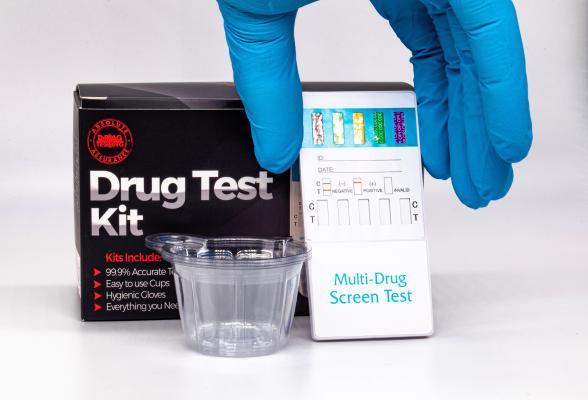Lab-on-a-chip (LOAC) devices are miniaturised systems that process or test small volumes of liquid. Efforts to develop such devices are increasing in many areas of medicine and the life sciences, for both point-of-care diagnostics and cutting-edge research. Some of the main advantages of miniaturizing fluidic processes are:
faster processing,
fewer user steps,
lower reagent costs and
better repeatability
However, in Springboard’s experience many of these devices must overcome some serious challenges. Anticipating and overcoming these obstacles can be the difference between successfully getting your product to market or not.
Developing a truly “sample-to-answer” process
To ensure that LOAC systems deliver on their promise of faster results and greater simplicity, the user steps involved must be as few as possible, and as simple as possible. LOAC devices excel at manipulating fluids once they are on the chip, but getting samples onto and off your device can be one of the biggest challenges. A successful solution requires careful consideration of the end user as well as optimization of the microfluidics. See our previous article on lyophilization and spray drying for insight into two techniques companies are using to minimize user steps.
Interfacing with the chip
The core of a microfluidic chip may be microscopic indeed, but it typically forms part of a larger system and moving between the macro- and micro-scale worlds can be difficult. Challenges include reliably achieving the necessary electrical, thermal, and optical interfaces to the chip whilst minimising fluidic contact, and therefore contamination, of other parts of the system.
Multiplexing samples for higher throughput
All systems face a trade-off between throughput and complexity. The specific application and business model will determine the correct balance, but particularly for processes such Next-Generation Sequencing there is often pressure for faster results and higher numbers of repeats.
Cell viability
For any application that uses living cells, such as protein engineering or flow cytometry, ensuring that the cells survive long enough on your device can be a challenge. As well as ensuring that any carrier fluids and surfactants are compatible with the cells, the geometry and any effects of the fluid manipulation, such as shear rate or heating, need to be considered. One area that can have a large influence on these is the choice of materials…
Choice of materials
Material selection for LOAC devices can be a minefield: considerations include biocompatibility, chemical resistance, hydrophobicity and hydrophilicity, hygroscopy, fluorescence, and thermal expansion. An in-depth knowledge of materials science is invaluable to navigate these different requirements, and Springboard’s strong in-house team of materials scientists regularly provide our clients with the detailed analysis and testing required.
Scaling for production
Producing small numbers of devices that work can be challenging, but transferring this design to low-cost, high-volume production without compromising the functionality can often be the most difficult part of developing a LOAC product. Scalable consumables are critical for the business model of many companies, and Springboard knows from experience the importance of considering this in the design from the very beginning of the development process. We often work with our clients throughout prototyping and assist with the development of pilot production processes to ultimately ensure a successful transfer to production.
Over the coming months, we will be publishing more insights into how Springboard has approached these challenges on previous projects. If you have experienced similar issues and need to tackle them sooner rather than later, then do contact us.
